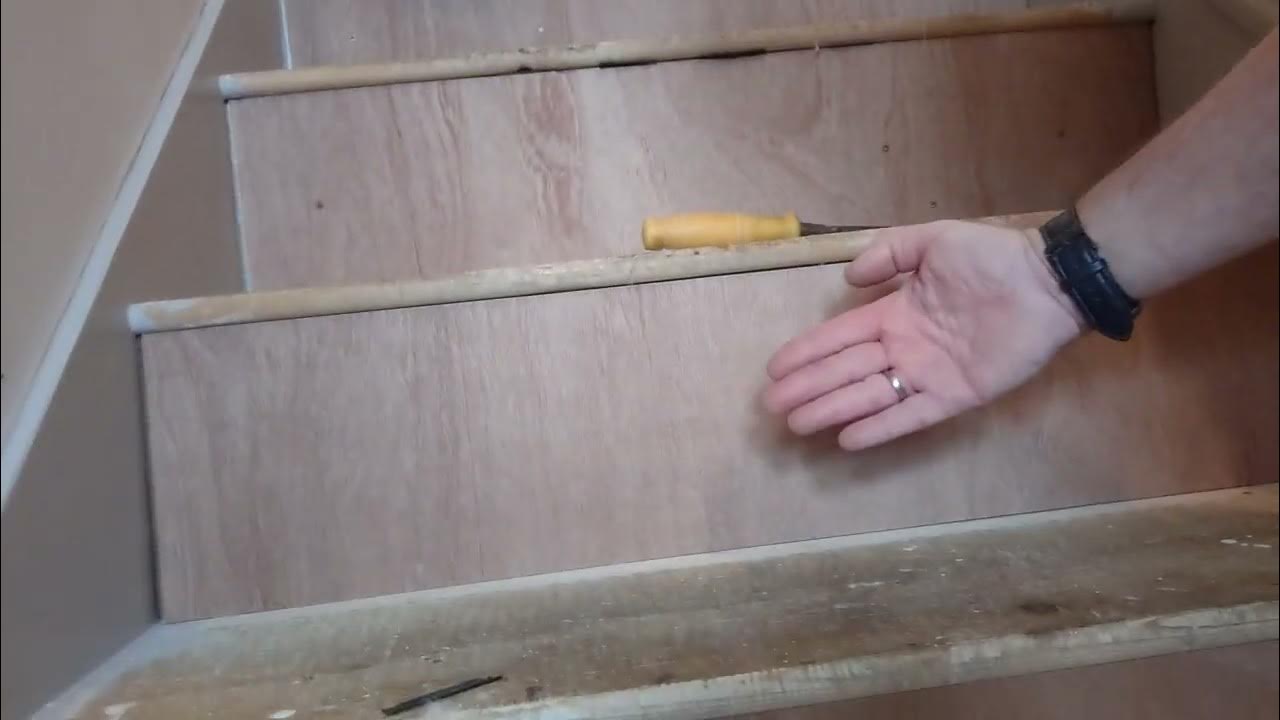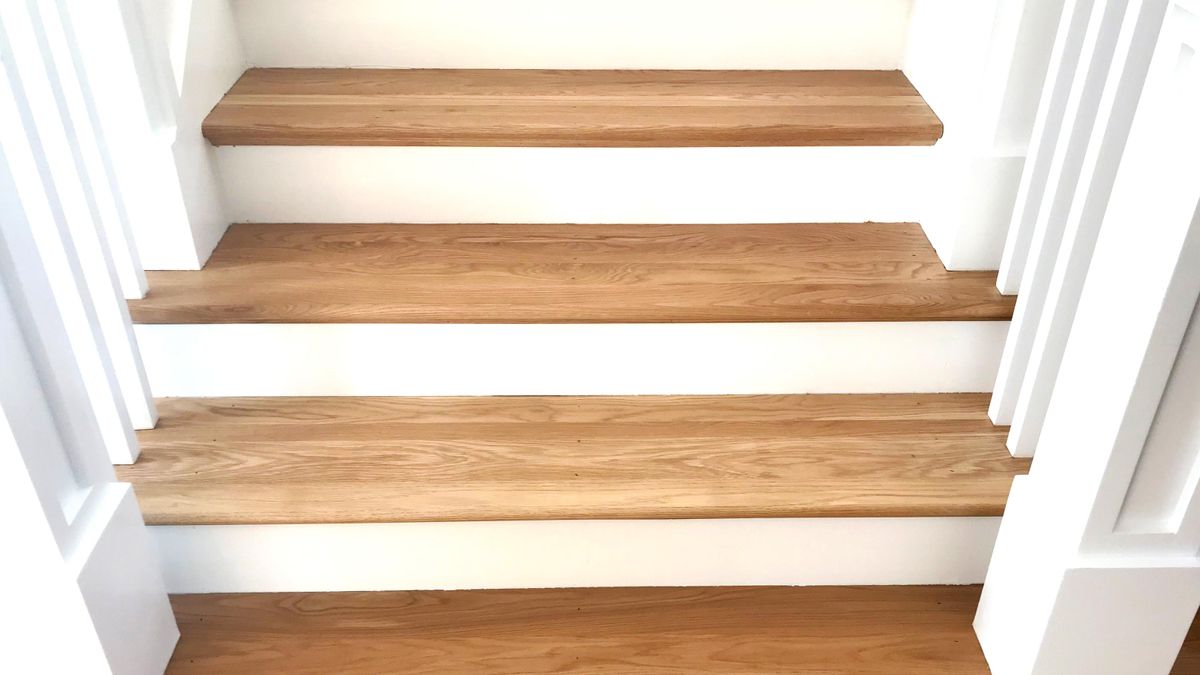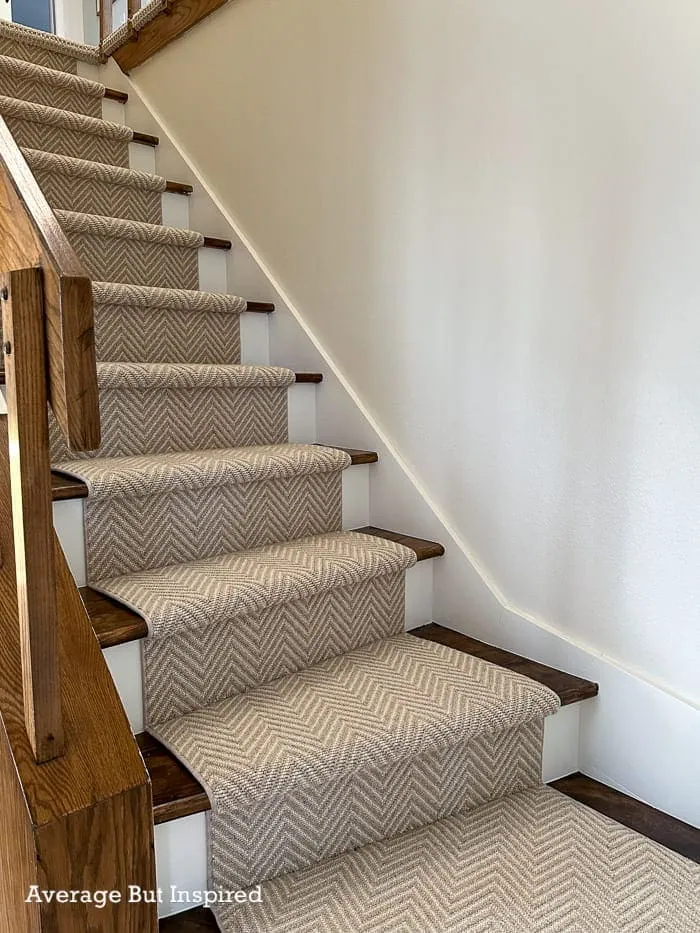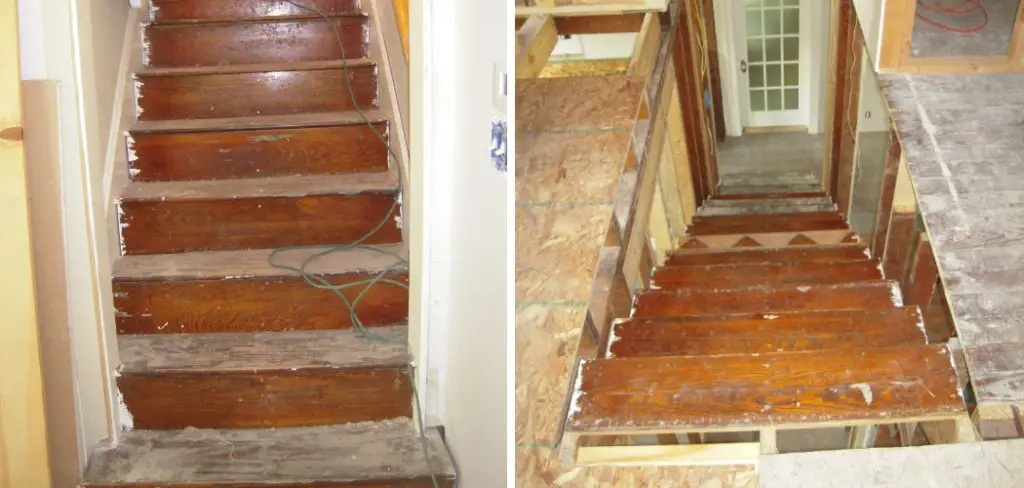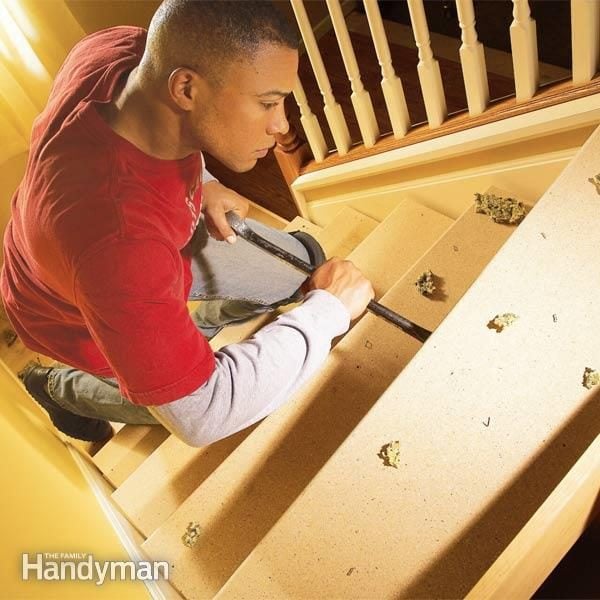How To Make Stairs Less Creaky

For homeowners, the persistent creak of stairs can be more than just an auditory annoyance; it can be a symptom of underlying structural issues. Addressing this common household problem involves a combination of diagnosis and repair, ranging from simple DIY fixes to more complex structural reinforcements.
This article delves into the causes of creaky stairs and provides practical methods for silencing them, offering solutions applicable to various types of staircases and skill levels.
Understanding the Culprits Behind Creaking
The root cause of creaky stairs usually lies in the friction between the wooden components. As people walk on the stairs, the wood rubs together, particularly at the points where treads (the horizontal part you step on) and risers (the vertical part between the treads) connect to the stringers (the supporting boards on the sides).
Over time, these connections can loosen, amplifying the creaking sound. Fluctuations in humidity can also contribute, causing the wood to expand and contract, further exacerbating the problem.
Pinpointing the Source of the Sound
The first step in silencing stairs is to identify the specific areas causing the noise. This often requires enlisting a helper to walk on the stairs while you listen carefully from below or above.
Marking the creaking spots with painter's tape will make the repair process more efficient. Common culprits include loose treads, risers, or stringers, as well as gaps between these components.
DIY Solutions for Quieter Stairs
Many creaky stair issues can be resolved with relatively simple DIY methods, requiring basic tools and materials available at most hardware stores.
One effective approach is to use shims to fill gaps between the stair components. Wood shims, thin wedges of wood, can be inserted into gaps between the tread, riser, and stringer, providing a tight, secure fit that eliminates movement.
Apply wood glue to the shims before inserting them for a more permanent solution. Another common fix involves using wood screws to reinforce loose connections.
Drive screws through the tread into the riser, or from the riser into the stringer, to tighten the assembly. Countersinking the screws and filling the holes with wood filler will provide a cleaner, more professional finish.
Lubrication and Reinforcement
In some cases, the creaking is simply due to dry wood rubbing against itself. Applying a lubricant, such as powdered graphite or talcum powder, to the joints can reduce friction and eliminate the noise.
Dust the powder into the cracks between the treads and risers, or between the stringers and treads. For added stability, consider using construction adhesive to bond loose components together.
Apply the adhesive liberally to the contact points and clamp the pieces together until the adhesive cures completely. Liquid Nails is a common brand of construction adhesive used for this purpose.
Addressing More Complex Issues
When DIY solutions prove ineffective, it may indicate more significant structural problems that require professional attention. This could include severely damaged stringers, significant gaps between components, or uneven settling of the staircase.
Consulting a qualified carpenter or contractor is recommended in these situations. They can assess the structural integrity of the staircase and recommend appropriate repairs, which may involve replacing damaged components or reinforcing the entire structure.
Ignoring serious structural issues can lead to safety hazards and potentially costly repairs down the line.
The Role of Humidity Control
As mentioned earlier, fluctuations in humidity can contribute to creaking stairs. Maintaining a stable humidity level in the home can help prevent excessive expansion and contraction of the wood.
Using a humidifier during dry winter months and a dehumidifier during humid summer months can help regulate moisture levels. Aim for a relative humidity of around 40-60%.
This will not only help silence your stairs but also contribute to the overall health of your home's wooden structures.
The Impact on Home Value and Comfort
While addressing creaky stairs may seem like a minor home improvement project, it can have a significant impact on the overall value and comfort of your home. A quiet, well-maintained staircase contributes to a sense of stability and quality, which can be appealing to potential buyers.
Furthermore, eliminating the annoying creaks can improve the overall living experience for homeowners. Imagine a home where you don't have to worry about waking up family members every time you use the stairs.
Consider the long-term benefits of addressing this common household nuisance. Resources such as the This Old House website and local hardware stores can offer additional guidance and support for homeowners tackling this project.

